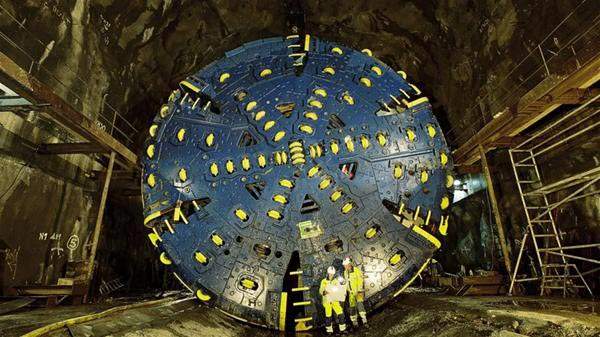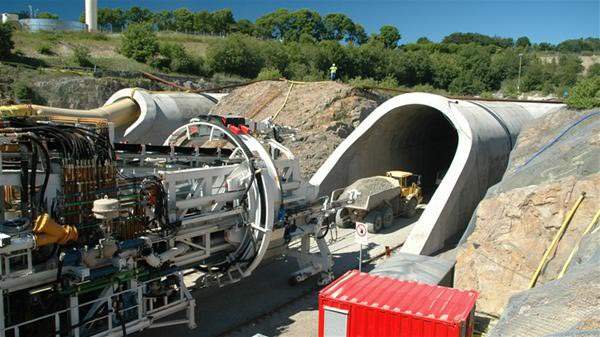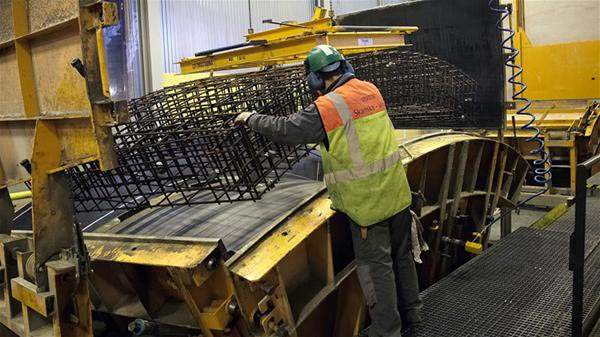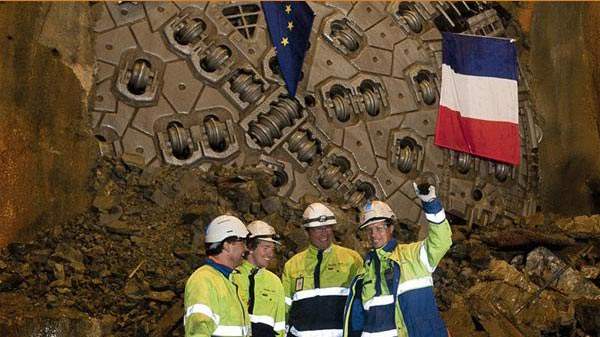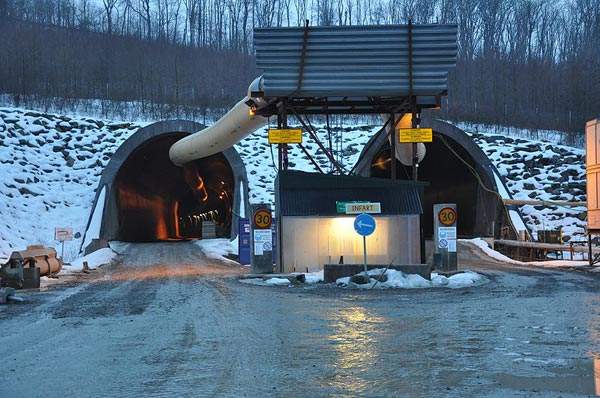The Hallandsås Tunnel project, also known as Scanlink, was constructed through the Hallandsås ridge, located in the south-western part of Sweden. The project comprises the twin tunnels running parallel, measuring 8.6km in length and stretching from Bastad to Forslov.
The project is part of the initiative undertaken by The Swedish Transport Administration (Trafikverket) to expand the West Coast Rail Line from Gothenburg to Malmo into double tracks. It was undertaken to address the problem caused by the Hallandsås ridge, which acts as a bottleneck to rail traffic running through it. The ridge restrains heavy trains from crossing the single track, and reduces the number of trains that can operate.
Construction of the tunnels began in 1992 and was completed in December 2015. The tunnels replaced the narrow and steep single track operational since 1885. They increase the number of trains passing through the ridge from the current four an hour to 24 each hour, as well as increasing the freight weight that can be transported.
The tunnelling was carried out by Herrenknecht AG’s tunnel boring machine (TBM) named Asa. As of April 2012, about 85% of the tunnelling was completed. The total project cost is estimated at Skr10.5bn ($1.55bn).
Background and delays to the Hallandsås tunnel project in Sweden
The Hallandsås Tunnel project was conceptualised in 1975 by Swedish State Railways. The decision to build the tunnels intensified in the 1980s, with the construction work finally beginning in 1992.
The construction work was suspended twice. Initial contractor Kraftbyggarna gave up the project work in 1995 when the tunnel boring machine (TBM) broke down after digging as far as 3km using the dig and blast method. The Hallborr TBM was found to be unsuitable to the site, which contains cracked rocks and saturated rocks with high quantities of water present in them.
Selected as the new contractor in 1996, Skanska used the same practice of dig and blast, as well as began the construction by digging an adit in the middle of the ridge, which enabled more openings through which to construct the tunnel.
In 1997, the project was halted for the second time as a result of drying and contamination of wells and water sources in the neighbouring areas. Excessive leakage of water in the tunnel and the faulty use of Rhoca-Gil sealant with a high acrylamide content seeping into the neighbouring areas affected the workers in the tunnel, as well as vegetation and animals.
Construction work was resumed in 2005 with Trafikverket (formerly Banverket) offering the contract to the Swedish-French consortium Skanska-Vinci.
Construction of the twin tunnels using TBM Asa and rock freezing techniques
The watertight pipe lining of the tunnels was built as the Asa TBM drills through the rock. The lining uses several concrete rings, consisting of eight segments.
Cement mortar, or pea gravel, was used for filling up the gaps or backfilling, in order to avoid the leakage of water into the tunnel from the fractured rocks.
Rock freezing is a significant part of this project due to the existence of saturated rocks. Rocks were frozen to -40°C, before the drilling process begins, by passing saline solution through pipes.
Developments for Trafikverket’s Hallandsås / Scanlink project
The two Hallandsås tunnels boost the railway industry in Romania by facilitating easy access for freight trains with huge loads and increasing the number of both passenger and freight trains commuting through it significantly.
Trains that were passing through the single track at a maximum speed of 80km/h before the construction of the tunnels are now able to run through the tunnels at up to 200km/h.
This saves approximately seven minutes of travelling time. In addition, the tunnels enhance the environment by reducing the number of people travelling by road.
Motion detectors and video cameras were placed to keep track of the tunnels. Safety measures set by the European Union and Sweden are being followed.

